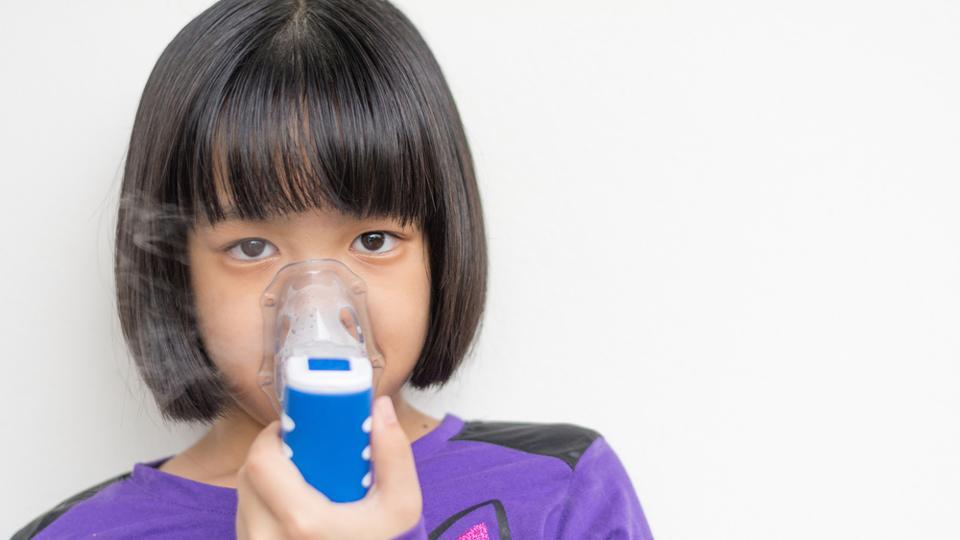Different ways in which the struggles of pediatric asthma can be overcome

Understanding how to care for those with pediatric asthma has improved over the last few decades, but there still seems a long way to go.
Researchers from the Children’s National Health System went into detail regarding different methods to ensure that young asthmatic patients are kept out of the hospitals.
“We know how to effectively treat pediatric asthma,” said Kavita Parikh, MD, pediatric hospitalist at Children’s National Health System. “There’s been a huge investment in terms of quality improvements that are reflected in how many papers there are about this topic in the literature.”
Parikh also said that quality-improvement papers need to focus on inpatient discharge, which is a vulnerable time for patients. Around 40% children who are admitted to the hospital for asthma-related concerns return to the emergency department within a year.
In another recent study, Dr. Alexander Hogan, University of Connecticut, certain habits need to be inculcated for kids who have asthma:
– Using the controller medication inhaler twice every day with a spacer (a clear mask tool for easier paediatric application).
– For improving adherence, keeping the child’s inhaler near the toothbrush to serve as a reminder to use it morning and night.
– Be aware of symptoms such as difficulty breathing, wheezing, shortness of breath and coughing.
“It’s clear that we need to do better at keeping kids with asthma out of the hospital. The point at which they’re being discharged might be an effective time to intervene,” Parikh added.
To determine which methods are the best, Parikh and her colleagues did a thorough review of studies regarding quality improvements after the patient is discharged. Their search involved 30 articles.
When Parikh and colleagues went over the effects of each type of intervention regarding hospital readmission, this what they found: No single intervention category seemed to have any effect.
Only multimodal interventions that included a combination of various categories were effective in cutting down on the risk of readmission between 30 days and one year after the initial discharge.
“It’s indicative of what we have personally seen in quality-improvement efforts here at Children’s National,” Parikh said. “With a complex condition like asthma, it’s difficult for a single change in how this disease is managed to make a big difference. We need complex and multimodal programs to improve pediatric asthma outcomes, particularly when there’s a transfer of care like when patients are discharged and return home.”
The findings from the study are published in the journal Pediatrics.
[“source=hindustantimes”]


